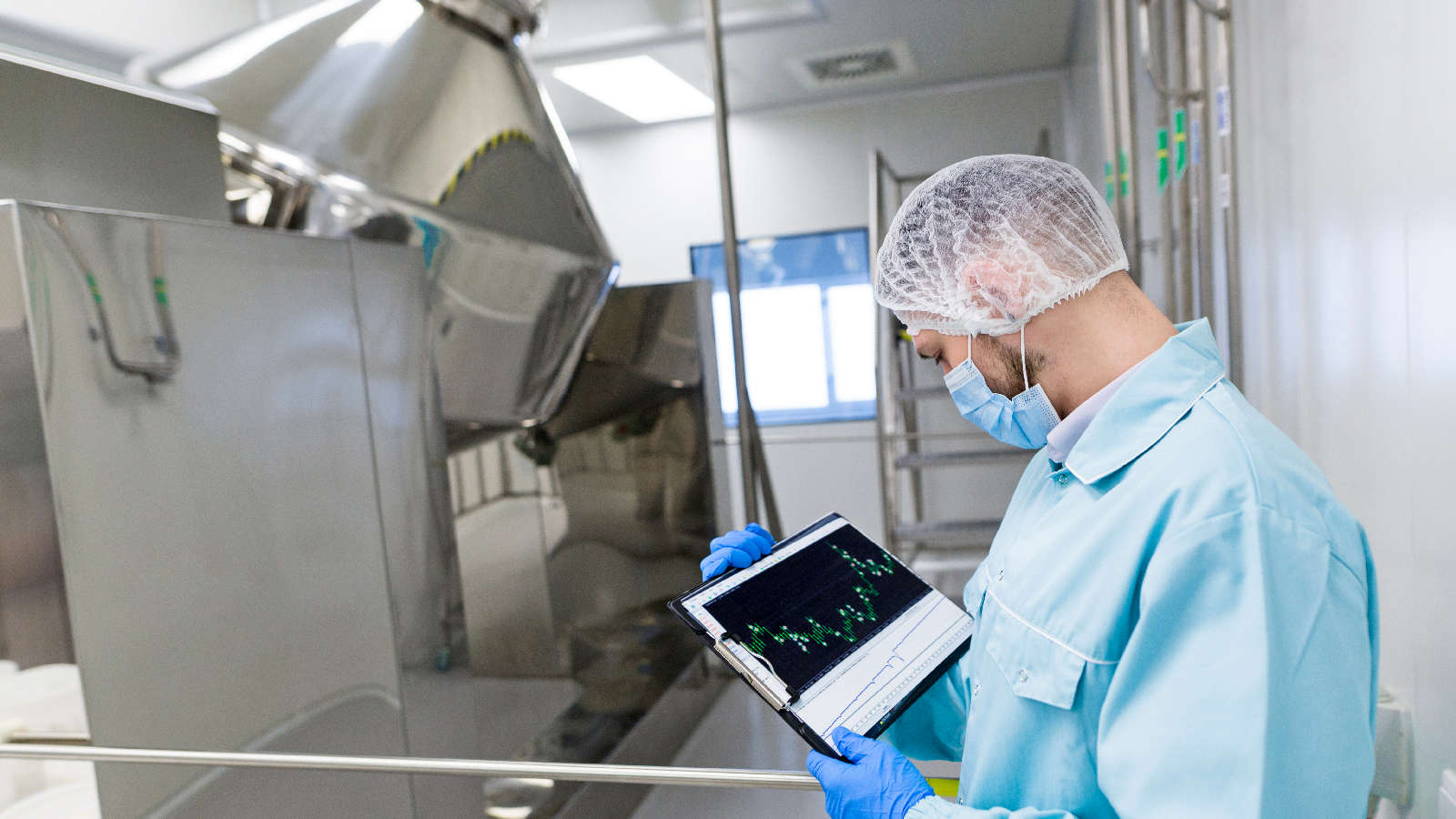There are plenty of ways of manufacturing hollow objects using plastic and rotational molding (or rotomolding) is probably one of the most affordable and efficient methods at our disposal. This informative guide attempts to cover what else the technology is used for, what its main advantages are and other useful information.
Rotational molding (or rotomolding) is a manufacturing technology that has improved significantly over the last 20 years, and every day more and more companies are utilizing this multifunctional process. It is used mainly for producing hollow parts by adding plastic powder to a shell-like mold, and then rotating and heating it at the same time. During this process, the powder fuses into a bubble-free liquid layer that takes the form of the inner mold surface. The mass is then cooled and the hollow part is removed. This process is quite often used for the manufacturing of tanks (refer to image below), but it can also be used for making complex medical products, toys, leisure craft, and much much more.
Tanks and containers manufactured via rotational molding have a wall thickness ranging from 0.5 to 20 mm. Their capacity can reach up to 13,000 gallons.
The process begins by loading a metal mold with a powdered polymer (mostly polyethylene). Metal components can also be placed in the mold and incorporated into the final shape.
The mold is put into an oven chamber and rotated along 2-axis. The temperature is kept at 500°F - 680°F (260°C - 370°C) depending on the material used. During this process, the melted material adheres to the inner surface of the mold.
After the molten material has formed the object, it is cooled and removed. The mold is then reloaded, and the process is repeated as many times as it is necessary.
The mold split (line or ridge that appears at the point where the mold is separated) is removed via trimming. Some elements like apertures, holes, screws and slots can be added during this stage.
Rotational molding machines include an oven, a cooling chamber and mold spindles. Molds are usually made from aluminum alloy with CNC machining or metal casting. Such parts are much thicker than an equivalent made out of stainless steel. The molds can also be fabricated from welded sheet steel depending on the size and complexity of the part.

Most materials that are used in rotational molding are from the polyethylene group (about 80%), with the most common among them being:
These materials also contain other components, such as PVC plastisols, nylons and polypropylene. The primary requirements for these materials are:
Rotomolding is mainly used for making industrial tanks and containers. A full list of other applications can be found below:

Rotomolding has both advantages and disadvantages just like any manufacturing technology. It’s often compared to injection molding (IM). Rotomolding and IM are two popular technologies that are used for various industries. They have a lot in common and sometimes are even interchangeable, but as a rule, these two processes are used for different cases.
Though rotomolding is considered to be a less precise technology than injection molding and have longer cycle times (1-2 cycles per hour versus several seconds for injection molding), it still has some distinct advantages that makes it irreplaceable.
We have summarised the main features of rotomolding, making it the tool that should be in the arsenal of every manufacturing company.
Apart from other plastic molding technologies, rotational molding can manufacture much more sturdy and flexible items, which has a smooth surface and consistent wall density. Rotomolded parts have more plastic in the outer corners and sides of the mold. Also, the finished object doesn’t have as much stress and is much more stable, and at the same time, flexible due to properties of rotational molding. It also reduces the risk of fractures appearing in the final product. Learn more about injection molding technology in our manufacturing guide.
Tooling costs are less than 1/5th of blow and injection molding equivalents, meaning a lower price for short and medium production runs – with hardly any compromise in quality.
The accuracy, consistency, look and feel of rotomolded plastic components are impressive. Quality is as good as parts made by other processes. Sturdy walls that are more superior than
IM.
The method can be used to mold highly complex shapes and even wall thickness can be changed without re-tooling, unlike processes such as injection molding.
The lead time for creating components using rotational molding from conception to manufactured is shorter than most other processes.
Rotational molding can offer a range of smooth or textured finishes to enhance the final product at relatively low cost.
A genuinely versatile plastic molding technique; the process can be used to make a wide variety of products for a wide range of market sectors.